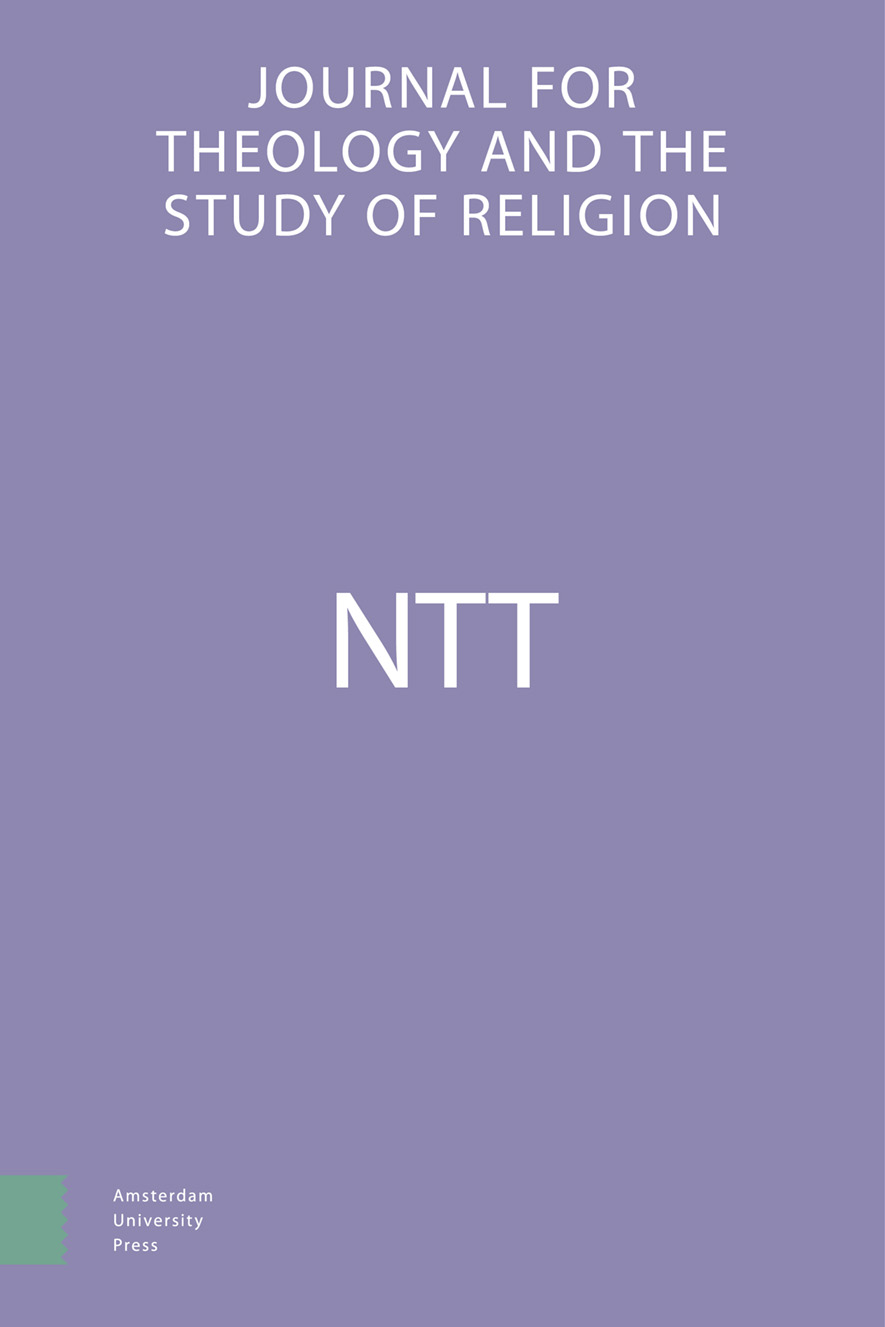-
oa De afbakening, delen en opbouw van Exodus 19:1–31:18
- Amsterdam University Press
- Source: NTT Journal for Theology and the Study of Religion, Volume 76, Issue 1, Jan 2022, p. 42 - 60
Abstract
The Delimitation, Partition and Structure of Exodus 19:1–31:18
Many scholars consider Exodus 19–24 the first great story unit of the last complex of Exodus (19:1–40:38). Concerning this story unit there are three problems: (1) the delimitation, (2) the partition, and (3) the structure of this story unit. Firstly, Exodus 19:1 may form the beginning of the story unit, 19:1 is also the final clause of Exodus 18:1–27. A lot of commentators consider 24:18 the end of this story unit. I, however, argue that there is more reason to see 31:18 as the end. Secondly, the partition of the story units after the introduction (19:1–2c). The reader can distinguish three time-units: (a) 19:2d–8c+19:8d–15; (b) 19:16–20:20+20:21–24:4a; (c) 24:4b–31:18. Thirdly, the structure of Exodus 19:1–31:18 is as follows: 19:1–2c (exposition); A 19:2d–8c (programmatic oracle) + 19:8d–15 (announcement of the coming and descent of Jhwh) → B 19:16–20:20 (coming and descent of Jhwh); A’ 20:21–24:4a (working out of the promised future in the programmatic oracle); B’ 24:4b–31:18 (oracle for the institution of the cultus, in which Jhwh can come).


